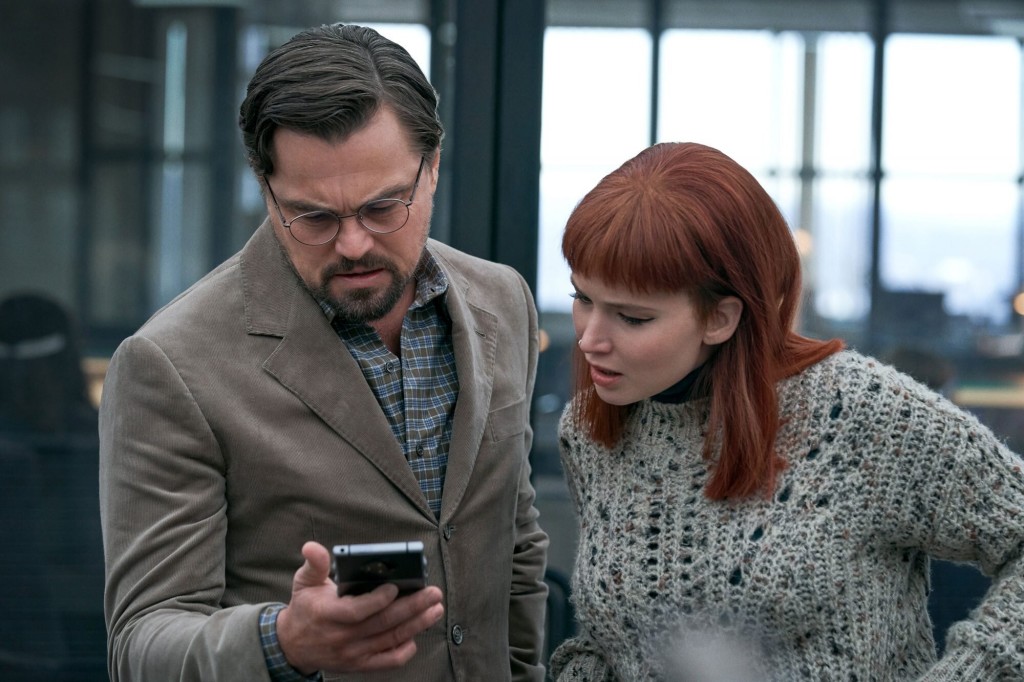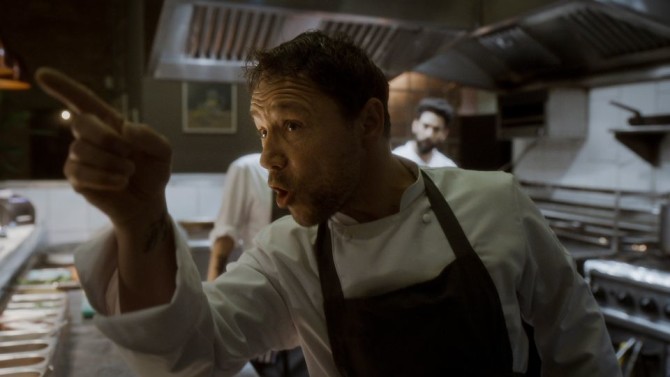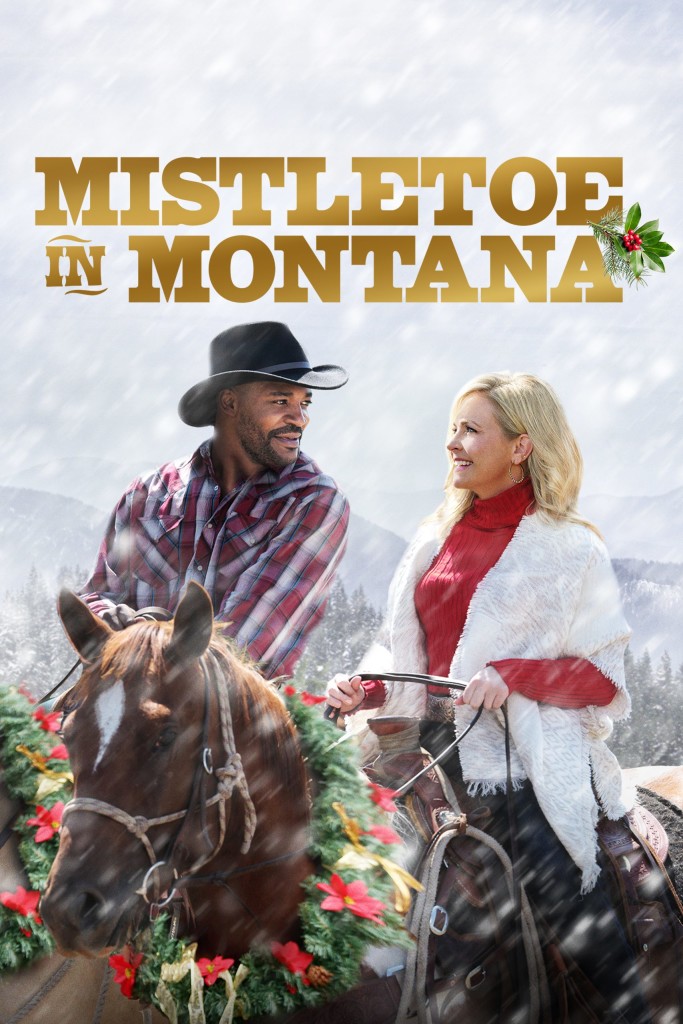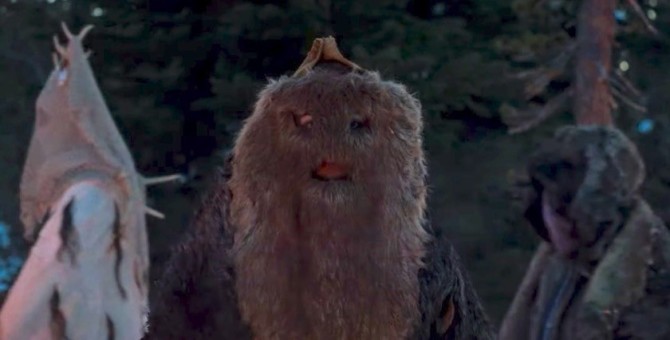We are gearing up for the big Christmas movie season. We’re about to get West Side Story. We’re about to get Don’t Look Up. We’re about to get Spider-Man. We’re about to get Matrix. Then, of course, we cap it off with the movie everyone wants the most, Mistletoe in Montana. I’m going to start waiting in line for that one tomorrow.
In the meantime, if you’re not up to date on the town’s entertainment output, you probably don’t know about the movie and TV show I’m about to bring to your attention. But you should be. Especially if you’re a screenwriter. Let me explain why.
Over the weekend, I had a script consultation and the script had one glaring weakness. See if you can guess what it was. The main character was a very enthusiastic person. He was part of a community that was very supportive of his endeavors. Every conversation he had with other characters went well. He almost always got what he wanted.
Anybody see the problem here?
That’s right. There wasn’t any CONFLICT in the story. And because there wasn’t any conflict, there was very little drama. If you don’t have drama, your scenes become a transfer of information. There’s very little entertainment value in information transfer. So infusing your script with conflict isn’t just a good idea. It’s vital to writing a great story.
This weekend, I watched two things that were PACKED with conflict. So if this is an area of your writing that needs improvement, drop everything you’re doing and watch these two things now.
Your first piece of entertainment is a movie called Boiling Point. It’s about a chef, Andy, who must make it through the busiest night of the year at his restaurant. At the very least, I want all of you to watch the first 20 minutes of this movie because it is a cornucopia of conflict.
Before we even get into the restaurant, Andy is on the phone, in the street, angrily talking to his ex-wife. He’s trying to manage their split, the child they have together, the logistics of moving into a new place. So before Andy enters an intense night, he’s already experiencing both conflict with his ex and conflict within himself, since all of this is making him furious.
Once Andy gets into the restaurant, he’s met with a health code inspector who’s annoyingly docking points from every member of the staff for the way they’re doing their jobs. The health code inspector then sits Andy down to explain to him all the things that are wrong with the restaurant.
It’s one of the better scenes I’ve watched in a while. The health code inspector meticulously goes through each issue that needs to be fixed and Andy doesn’t say a word. He just sits there, stewing, as each problem is conveyed. By the way, this is a fun little trick to write a good dialogue scene. Have one character do all the talking and the other character only speak through their expressions. These scenes tend to always work. More importantly, this scene is an example of how to do conflict without having two characters butting heads with each other. There’s still tons of conflict without Andy saying a thing. He hates this man more than anything in the universe and that’s what gives the scene life.
After the health inspector leaves, Andy lays into his staff for all the mistakes they made. Again, since he’s upset, every one of these interactions is packed with conflict. And, in some cases, the staff is just as angry at him. They point out that some of this stuff is his fault. So both sides are going at each other.
What’s so great about this movie is that the conflict never stops. Every single scene has a ton of it. I would even go so far as to say that there’s too much conflict. Sometimes you need a scene or two where the audience can decompress and Boiling Point doesn’t give you that. But for the purposes of teaching writers how to infuse scenes with conflict, this movie is amazing. And a little bonus feature is that the film is shot in a single take. So definitely check it out!
The second conflict-filled thing you should check out this December is the girl’s soccer team plane crash show, Yellowjackets. You might remember I reviewed this pilot back in the day and loved it. But you never know how these things are going to turn out so I kind of forgot about it. Well, somehow, they’ve taken a great pilot script and made it even better! The opening images you see in this show are beyond disturbing.
BUT! Sticking with the theme of today’s post, the main reason this show is so good is because it’s PACKED with CONFLICT. Every single freaking scene has conflict. Let’s look at one of the early sequences – the girl’s soccer team playing one of their rivals. I’ve read more sports games scenes than probably anyone in the world so I know how these scenes are usually written. It’s typically boring last second score-a-goal stuff and the team happily celebrating.
Instead, here, we get several of the girls conspiring to take out one of their own teammates because they don’t think she’s good enough to play at Nationals. So, right away, we’re prioritizing conflict over last-second cliche goaals. That’s how I want you guys to start thinking. Don’t think about how previous movies handled your scene. Because then you’re likely to copy them. Think about how you can infuse the most conflict into the scene.
By the way, this scene comes after the initial teaser where we see, many months after the crash, the girls participating in a ritualistic killing where they chase one of their teammates and try to kill her. If they succeed, they’ll eat her tonight. I mean, how much more conflict-filled can a scene get?
But the conflict in this show goes beyond that. When we meet the team, they’re not one big happy family. There are cliques inside the team. There are secret romances. There’s bullying. There are girls who flat out don’t like each other. The reason this is important is because when you infuse conflict into the characters and their relationships, you don’t have to come up with a new conflict idea for every scene because the conflict is already baked in. The characters are already carrying that conflict into the scene.
This is why you don’t write a bunch of characters who love each other and never have any issues with each other because every time you write scenes with them, there’s zero conflict baked into the scene.
But one of the things that’s so good about this show is that they not only bake conflict into the relationships, they still look to create conflict-filled scenarios ON TOP OF that. For those who aren’t good at math, that’s double the conflict.
For example, in the second episode, one of the girls finds a lake five miles away. So the team has to decide if they should stay here at the crash sight or move to the water. Just by introducing a decision, you have conflict. Because, obviously, some girls are going to want to leave and some are going to want to stay.
You then get the added “conflict within conflict” from the individual relationships. For example, two of the girls, Jackie and Shauna, are in a secret relationship. Jackie is the more popular of the two and Shauna feels lucky to have her. Jackie is adamant about staying at the crash site. But Shauna thinks they have a better chance of survival near the water. Does Shauna vote to help the team survive or vote to keep her girlfriend happy? That’s what double-conflict gives you.
This show is becoming popular fast for a lot of reasons. It’s just a cool idea and has great execution. But with TV, especially, you need to be great at conflict because you’re writing sooooo mannnnnyyy scenes over the course of a season. And if the large majority of those scenes aren’t conflict-filled, your show isn’t going to last. So if this something you’re not good at or a part of your writing you think you can improve, watch this show now. You won’t regret it!





